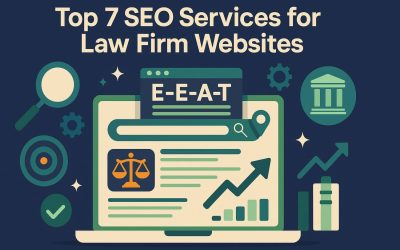Running a business can be a challenging task because it involves a lot of planning, especially in managing the company’s supply chain. To do proper supply chain management, businesses must be familiar with practicing asset management vs inventory management.
However, according to a report, nearly 50% of small companies use a manual inventory process or need help managing it. Also, regarding asset management, only over 50% of small businesses manage their assets manually or don’t even practice it.
Business owners must understand that these two processes are crucial for their venture, as these help track a company’s assets. Despite their similarities, asset management and inventory management have distinct differences that set them apart.
This article explains what these two terms are and it highlights the key differences between asset management and inventory management.
What is asset
Asset refers to anything allowing your business to operate and manufacture final products continuously. These assets include furniture, fixtures, machines, equipment, and vehicles. It doesn’t matter whether you own these assets or you lease them.
In summary, assets play a crucial role in the operations of any business and must be effectively managed and maintained for sustained success.
What represents asset management
Like inventory management, asset management has its benefits. These are the following.
- No more duplicate purchases
- Increased awareness of asset theft
- Ensured quality control and assurance
With the listed benefits, you can ensure that asset management is vital for your enhanced business performance.
What is inventory
Effective inventory management helps businesses minimize costs, reduce waste, and increase efficiency.
What represents inventory management
It will help if you try warehouse management from Softeon. That way, you can organize the items in their designated areas and write the guidelines for receiving, picking, shipping, and putting them away. If you can practice effective inventory management, you can ensure that you will have several advantages. These benefits include:
- Better inventory accuracy
- Cost savings
- Increased profits
It’s best to learn the basics of managing your inventory.
What are the key differences between asset management vs. inventory management
With inventory management, businesses can identify slow-moving or fast-selling items and make informed decisions about ordering and restocking. Inventory management is a crucial process that allows businesses to keep track of their stock levels, sales, and customer demand.
This helps minimize stockouts, reduce excess inventory, and improve overall profitability. Although there is minimal contact with the physical items, maintaining accurate records and staying on top of inventory management is essential to the success of any business.
In addition, inventory refers to short-term investments purchased from suppliers. They are likely to be smaller and inexpensive. The critical management features are inventory tracking, demand forecasting, and returns management.
On the other hand, asset management controls and monitors your organization’s physical assets. It aims to ensure that these assets are used effectively and efficiently. To ensure this, it analyzes your asset’s performance, calculates its value and depreciation, and monitors its obsolescence.
Aside from these, it requires the regular inspection, maintenance, cleaning, and filling of assets. With the help of asset management, you can quickly identify the assets you have that provide more value and which ones increase your liabilities. Remember, unlike inventories, assets are long-term investments. Hence, keeping them in good condition and secure would be best to lengthen their use for your business.
Instead of managing them for just profitability, you also must manage them to increase productivity. The asset management features involve maintenance planning, life cycle management, workload distribution, and asset tracking.
Conclusion
Asset management vs inventory management both help manage your supply chain effectively because they help reduce overall costs, maximizing your return on investment.
Understanding both of them and their differences is essential for you as a business owner. That way, you can choose the proper process for your business. By implementing effective inventory and asset management practices, you can streamline your supply chain and achieve long-term success.
More must-read stories from Enterprise League:
- Why hiring millennials might be the best decision you can ever make.
- Innovative small business growth tips that will take you to the next level.
- The best apps for entrepreneurs that will help you achieve your goals.
- All the reasons why we should support local businesses and shop local.
Related Articles
The 9 Best Payment Processing Services for SaaS
Running a software business means handling money from customers who expect things to work smoothly. They sign up, enter their card details, and assume the rest happens without a hitch. On your end, though, payment processing is a whole different story. You need...
Building a U.S. Real Estate Portfolio: Why Beverly Hills Should Be Your First Step
The United States has long been a magnet for real estate investors seeking stable returns and prestige. Among its many luxury markets, one name consistently stands out: Beverly Hills. Known worldwide for its glamour and exclusivity, it represents more than just a...
Top 7 SEO Services for Law Firm Websites
In the legal sector, digital visibility is the primary determinant of case volume. For attorneys, implementing a specialized SEO service for Law Firm website is a fundamental requirement for operational stability. Generalist marketing strategies frequently fail in...
The 9 Best Payment Processing Services for SaaS
Running a software business means handling money from customers who expect things to work smoothly. They sign up, enter their card details, and assume the rest happens without a hitch. On your end, though, payment processing is a whole different story. You need...
Building a U.S. Real Estate Portfolio: Why Beverly Hills Should Be Your First Step
The United States has long been a magnet for real estate investors seeking stable returns and prestige. Among its many luxury markets, one name consistently stands out: Beverly Hills. Known worldwide for its glamour and exclusivity, it represents more than just a...






